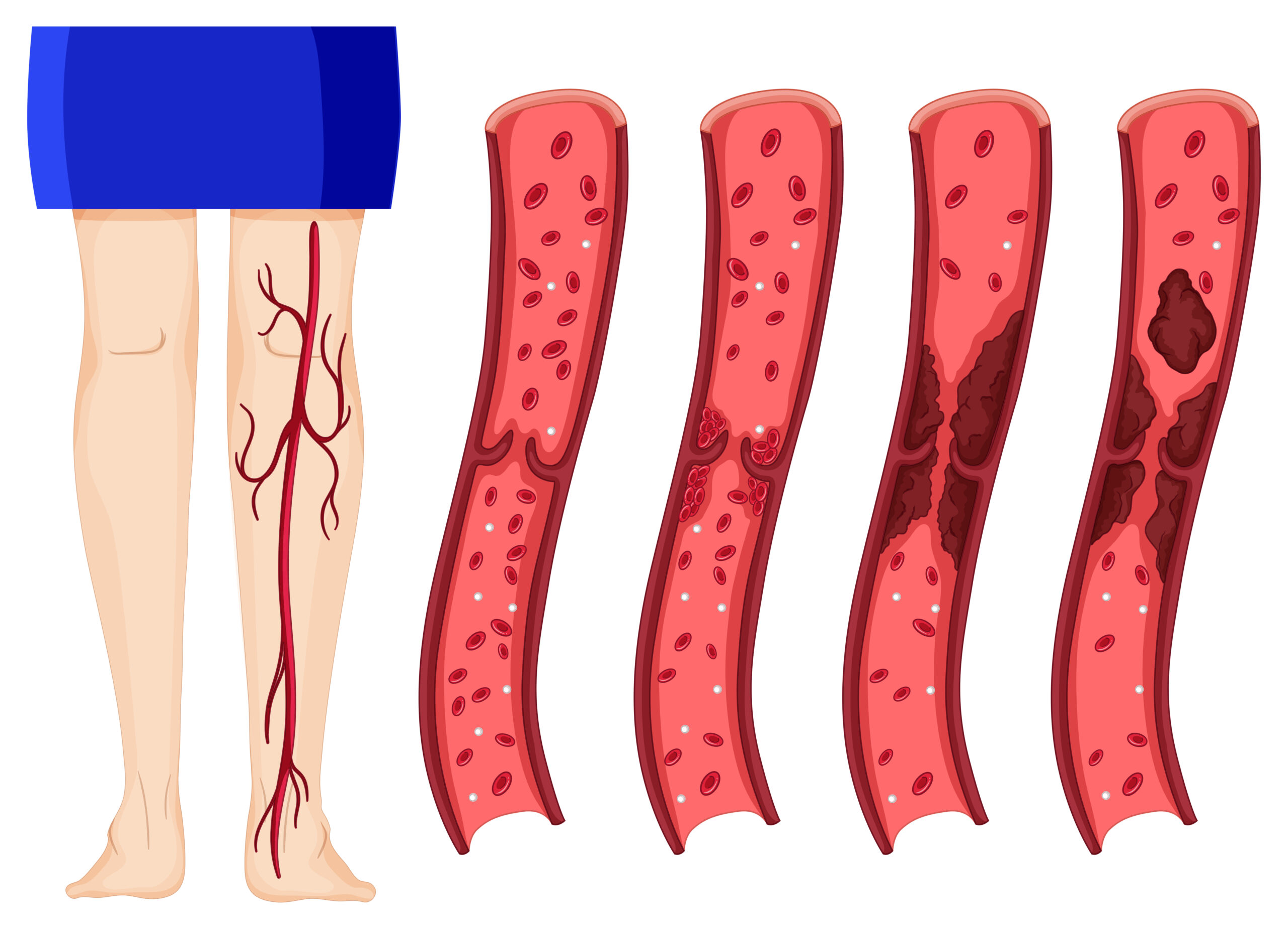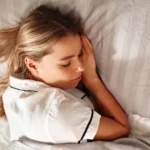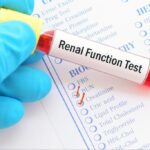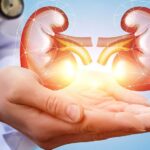The appearance of varicose veins may bother some patients, but these enlarged veins usually produce additional symptoms that interfere with daily activities. For those wondering how to relieve varicose vein pain, different home-based practices—along with modifications in daily behavior—can effectively manage this medical condition while reducing discomfort and improving quality of life.
Regular Exercise for Better Circulation
Physical movement is the most effective strategy for decreasing symptoms of varicose vein pain. Exercise promotes sufficient blood circulation to the legs, which prevents blood accumulation in veins.
Walking, along with swimming, cycling, and practicing yoga, activates calf muscles to direct blood flow better while avoiding leg strain. Daily stretching and walking routines offer effective control of varicose vein symptoms to those affected.
The Role of Compression Stockings
Compression stockings have proven to be an efficient method of managing varicose veins. Specially designed compression stockings apply pressure to the legs in a regulated manner, preventing swelling and helping to sustain the flow of blood towards the heart.
Regular use of compression stockings helps numerous people alleviate their leg symptoms, including aching, throbbing, and heaviness. Professional guidance is needed to determine the appropriate pressure level of compression stockings because these products come with different strength options.
Choosing the Right Clothing and Footwear
Dressing tightly constricts the flow of blood, aggravating the conditions of varicose veins. Individuals need to use loose clothing, which, in particular, covers the legs and waist to enhance blood flow. Footwear selection is important since flat shoes enable the calf muscles to function more effectively in order to improve the circulation of blood.
Elevating the Legs for Relief
One of the simplest methods for alleviating varicose vein pain is to elevate the legs. Having the legs raised above heart level during rest or sleep improves the flow of blood and lessens pressure in the veins. This simple routine can reduce swelling and pain, particularly in those with prolonged periods of sitting or standing.
Massage to Stimulate Blood Flow
A soothing leg massage assists in maintaining adequate venous blood circulation and alleviates temporary discomfort. Moisturizers and essential oils used during massage enhance their medicinal effects. Pressing hard over varicose veins should be avoided because it can exacerbate the condition or damage fragile veins.
Avoiding Long Periods of Inactivity
People experience worsened symptoms of varicose veins whenever they stay in static positions for extensive periods, either while sitting or standing. Office workers who work while sitting must get up now and then to stretch before making body movements as a means to break their sitting working session.
Inactivity standing results in the accumulation of blood in the legs, causing the pain to become more severe and swelling more noticeable. Human blood circulation becomes so much better when individuals engage in movement activities between the intervals of working and resting.
Managing Weight to Reduce Pressure
Extra weight creates excessive pressure on veins, which blocks efficient blood circulation. A healthy weight achieved through balanced nutrition and exercise decreases vein stress, which leads to reduced symptoms of varicose veins.
Adjusting Diet for Better Vein Health
Some dietary modifications can enhance circulation and minimize water retention, which can alleviate varicose vein pain. Salt reduction can avoid bloating and swelling, and the addition of potassium rich foods such as bananas, potatoes, and leafy greens can maintain fluid balance. Foods high in flavonoids, including citrus fruits, berries, spinach, and onions, can also make blood vessels stronger and enhance circulation.
Herbal Remedies and Supplements
Studies show that some herbal extracts assist in minimizing symptoms that plague patients with varicose veins. The application of horse chestnut extract leads to beneficial outcomes for both swelling symptoms and blood circulation in patients dealing with venous insufficiency.
Grape seed extract, a natural remedy, assists in strengthening veins and minimizing inflammation. Individuals taking blood-thinning medications should consult the doctor prior to starting herbal supplements due to potential health complications.
Medical Treatments for Severe Cases
Other remedies and lifestyle modifications will not bring enough relief, so medical treatments are necessary. Patients with varicose veins can choose from several minimally invasive procedure options to receive treatment.
● Endothermal Ablation: Heat based medical intervention to close off damaged veins is one of various treatment options.
● Sclerotherapy: Special foam is injected into veins for closing purposes.
● Laser Therapy: This medical technique applies powerful light waves to fade veins during the treatment period.
● Vein Stripping and Ligation: The medical operation involves removing damaged veins through surgical intervention.
The available treatment methods work efficiently to minimize varicose vein symptoms and enhance leg visual appearance. Consulting a healthcare professional can help determine the most suitable option based on the severity of the condition.
Conclusion
People with varicose veins experience discomfort, which affects daily routines, yet basic lifestyle modifications can help reduce symptoms. The available methods to effectively handle symptoms include exercise and dietary changes, compression therapy, and leg elevation. Medical consultation with a professional becomes necessary when pain continues to affect daily life since it enables proper treatment options that provide comfort and better vein health.




